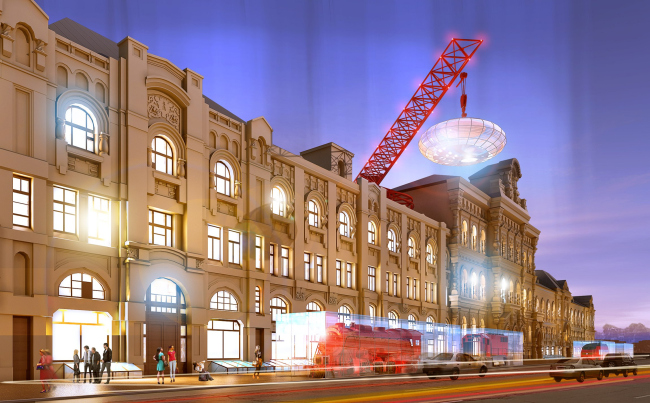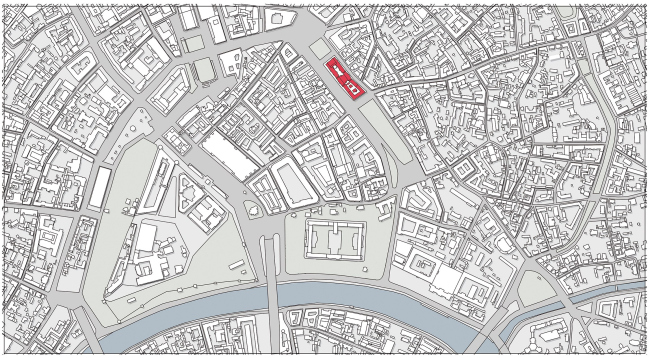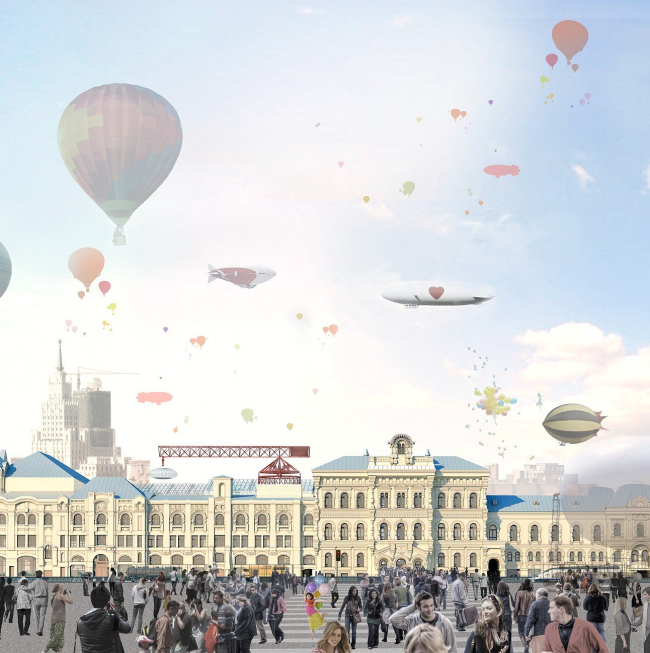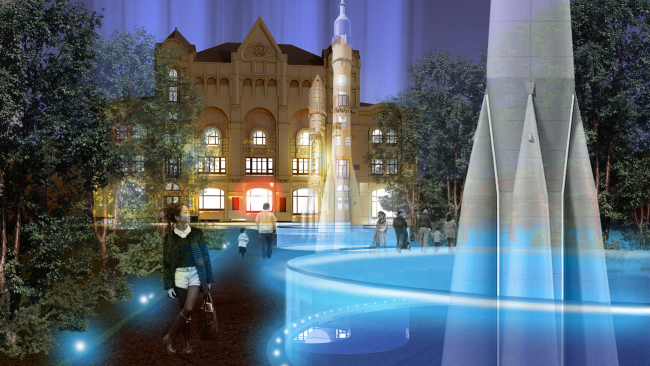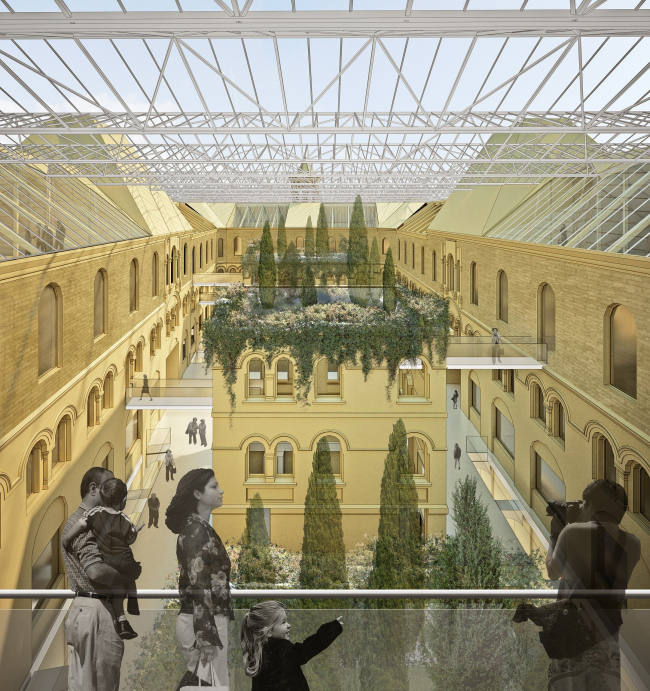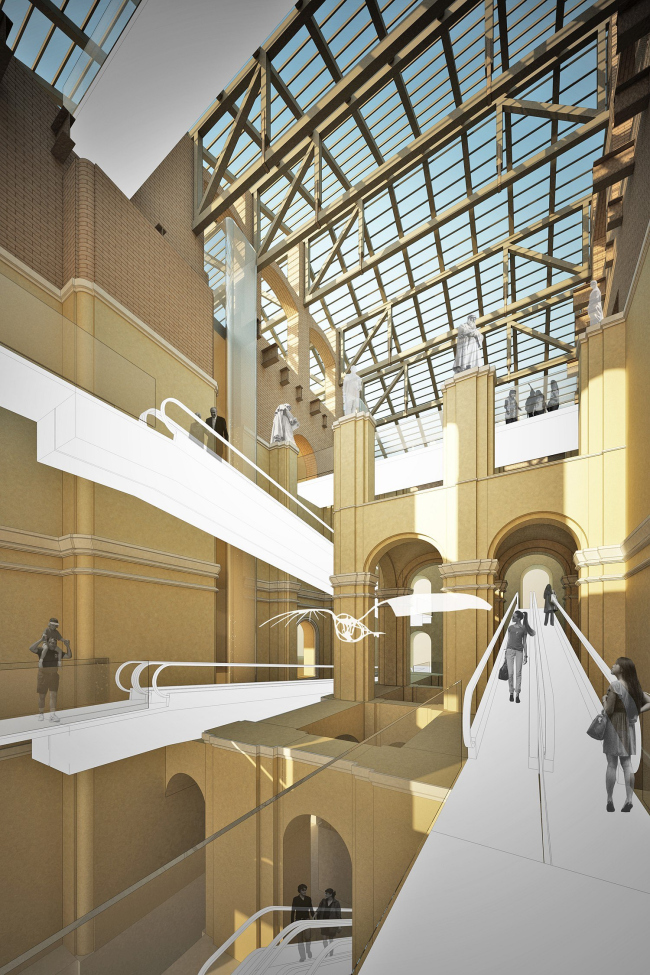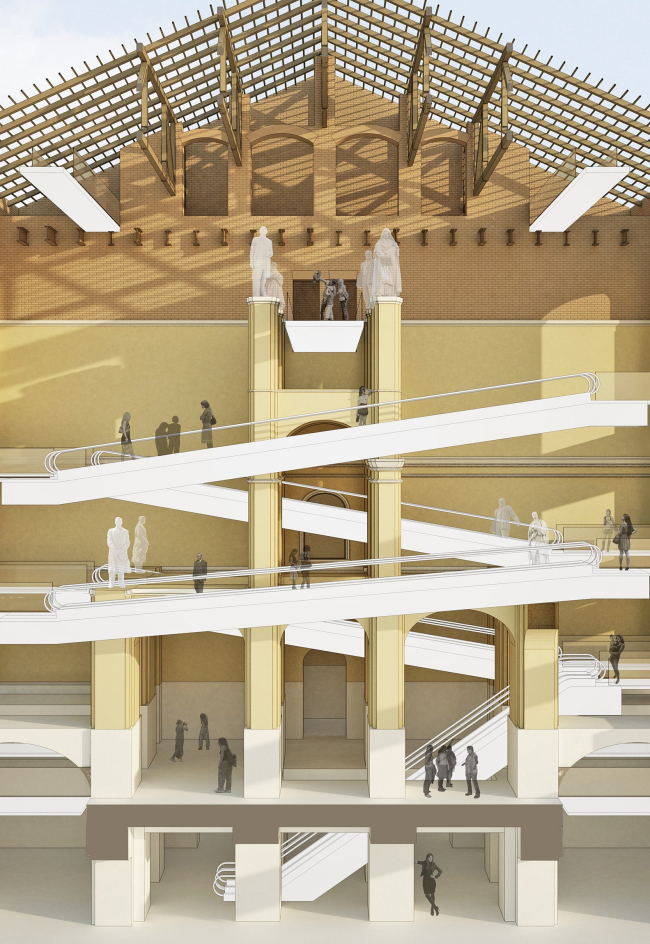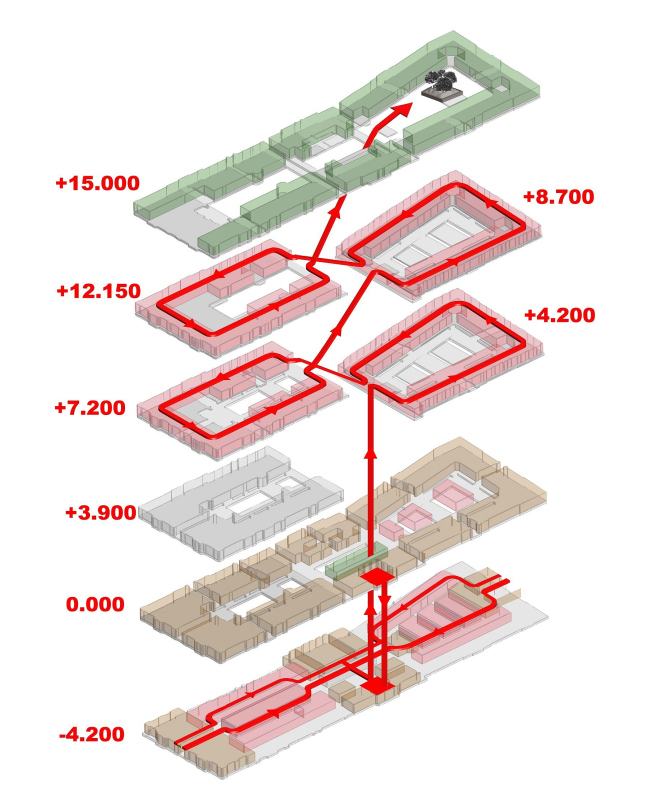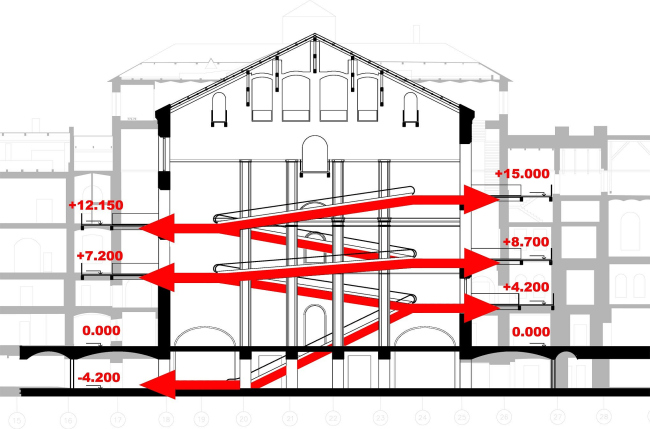|
Published on Archi.ru (https://archi.ru) |
|
| 08.11.2011 | |
|
Innovation Mechanism |
|
|
Anna Martovitskaya |
|
| Architect: | |
| Nikita Yavein | |
| Studio: | |
| Company: | |
|
The list of the participants of the competitive bid for the best renovation project of Moscow Polytechnic Museum included, among others, the architectural workshop named “Studio 44”. And, in spite of the fact that the project of Nikita Yavein’s team did not win the contest, the experts gave it an honorable mention for the detailed approach and attempts to deal with the most challenging issues of the building located at Lubyanskaya Square. The most radical change in the structure of “Polytechnic” that was proposed by “Studio 44”, consists in connecting the space of the museum’s basement storey (marked 4,200) to the exit lobbies of the two nearest metro stations – “Lubyanka” and “Kitay-Gorod”. The authors of the project proposed to make an open-ended passage through the underground floor of the building, running along the lines of outside drainage pits on the perimeters of the building’s courtyards. The part of the sidewalk that opens to the traffic way of the Novaya Square is supposed, according to the authors’ plan, to get covered by a glass roof. Thanks to this, the museum will get new “outdoor” showcases that will serve to demonstrate the most interesting scientific and technological achievements that, in turn, will advertise the main exposition. In order to connect the parts of the museum into one indivisible whole and give the visitors an opportunity to walk through the exposition end to end, “Studio 44” proposes to equip the central part of the building with a system of moving stairs and travelators. Of course, these kinds of renovations are impossible without changes being made to the interior layout – the architects attempted to find a happy medium between the needs of the building and the necessity of observing the existing regulations by proposing to dismantle the intermediate floors while keeping all the vaults and arches intact. The architects also propose to change the roof over the travelators into a translucent one (keeping the original geometry thereof). As a result, this part of the building should turn into its central atrium serving as the communication nucleus of the museum – something that today’s structure of the museum misses altogether. The famous inner courtyards of “Polytechnic” are, of course, subject to change as well. Predictably, “Studio 44” converts them into glass-roofed atriums, covering them with translucent structures. The loft is, in turn, converted into the attic-storey that, according to the project, would later on house the library, the Innovation Center, and the auditorium of the Education center. Interestingly, it is the renovated courtyards that become, according to Yavein’s project, the main public halls of the museum. In order to highlight their new status, the authors of the project give them high-sounding names – “Innovation City” (ex southern courtyard), and “Innovation Square” (ex northern courtyard). The former is covered by a folded-plate glass roof, under which, on the roofs of the courtyard outbuildings, greenhouse flowerbeds are placed. The flat glass roof of the latter can be shifted to the middle of the courtyard – not only will this feature allow making open-air shows but also delivering bulky exhibits to the museum as well. Apart from that, the surface of the “Innovation Square” is capable of transforming into an amphitheater, while the façades of the surrounding buildings are equipped with panoramic elevators and special moving volumes that may serve as theater boxes or may be converted into showcases for the exhibits as well. NoneNoneNoneNone NoneNoneNoneNoneNoneNoneNoneNoneNone |
|
